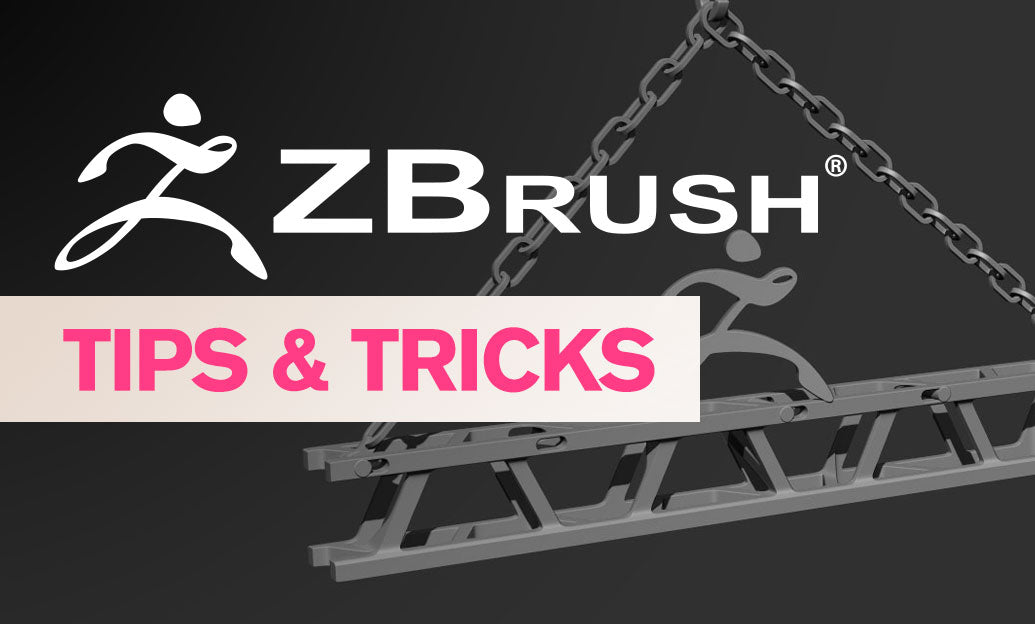Your Cart is Empty
Customer Testimonials
-
"Great customer service. The folks at Novedge were super helpful in navigating a somewhat complicated order including software upgrades and serial numbers in various stages of inactivity. They were friendly and helpful throughout the process.."
Ruben Ruckmark
"Quick & very helpful. We have been using Novedge for years and are very happy with their quick service when we need to make a purchase and excellent support resolving any issues."
Will Woodson
"Scott is the best. He reminds me about subscriptions dates, guides me in the correct direction for updates. He always responds promptly to me. He is literally the reason I continue to work with Novedge and will do so in the future."
Edward Mchugh
"Calvin Lok is “the man”. After my purchase of Sketchup 2021, he called me and provided step-by-step instructions to ease me through difficulties I was having with the setup of my new software."
Mike Borzage
Harnessing Advanced Collaborative Tools and Techniques for Remote Design Success
August 12, 2024 3 min read


Introduction to Collaborative Design
In today's fast-paced world, the ability to work collaboratively on design projects is more important than ever. Collaborative design allows teams to leverage diverse perspectives and skill sets to create superior products and solutions. This article explores the essential tools and techniques that facilitate effective remote team collaboration in modern design projects. Readers will gain insight into the evolution of collaborative design, practical tools for enhancing teamwork, and best practices to achieve optimal outcomes.
Essential Tools for Remote Collaborative Design
Project Management Software
Effective project management is critical for coordinating tasks, setting deadlines, and tracking progress. Several robust tools can help manage these aspects seamlessly:
- Asana: Known for its user-friendly interface and versatility, Asana allows teams to create projects, assign tasks, and monitor deadlines.
- Trello: Trello utilizes a card-based system for task management, making it easy to visualize project stages and individual responsibilities.
- Jira: Popular among software development teams, Jira offers advanced features for tracking issues, bugs, and project timelines.
Communication Platforms
Clear and constant communication is the backbone of any successful collaborative effort. The following platforms facilitate seamless communication among remote team members:
- Slack: A hub for real-time messaging, file sharing, and integrations with various productivity tools.
- Microsoft Teams: Provides video conferencing, real-time messaging, and robust integrations with Microsoft Office products.
- Zoom: Widely used for video conferences and webinars, offering features like screen sharing and breakout rooms.
Design-Specific Tools
Design tools that support real-time collaboration are crucial for remote teams to co-create and refine their work efficiently:
- Figma: Enables real-time collaboration, version control, and the creation of shared design libraries.
- Sketch: Popular among UI/UX designers, Sketch offers robust plugins and collaborative features.
- Adobe XD: Integrates seamlessly with other Adobe products and supports real-time collaboration and prototyping.
Cloud Storage Solutions
Secure and accessible cloud storage is essential for storing and sharing project files. Key features of top cloud storage solutions include:
- Google Drive: Offers collaborative editing, file sharing, and integration with Google's productivity suite.
- Dropbox: Known for its strong security features and ease of use, Dropbox supports collaborative editing and file sharing.
- OneDrive: Microsoft's cloud storage solution offers seamless integration with Office 365 and robust access controls.
Techniques for Effective Collaboration
Version Control
In collaborative design, maintaining a clear project history and avoiding conflicts is paramount. Version control systems help manage these aspects effectively. Two widely used version control tools are:
- Git: A distributed version control system that tracks changes in source code and allows multiple people to work on the same project simultaneously.
- Subversion (SVN): A centralized version control system that manages files and directories over time.
Design Thinking Workshops
Design thinking workshops encourage creativity and user-centered design. Effective methods include:
- Brainstorming sessions: Generate a wide range of ideas to solve a specific problem.
- User journey mapping: Visualize the user experience to identify pain points and opportunities for improvement.
- Prototyping: Create low-fidelity models to test and refine concepts quickly.
Agile Methodologies
Agile methodologies provide the flexibility and iterative progress needed for successful collaborative design. Popular frameworks include:
- Scrum: Divides work into short, manageable sprints with regular reviews and retrospectives.
- Kanban: Uses visual boards to manage workflow and ensure continuous delivery.
The key benefits of agile methodologies include increased flexibility, iterative progress, and quick feedback loops, which are essential for adapting to changes and improving designs continuously.
Feedback Mechanisms
Continuous feedback is crucial for aligning stakeholders and improving designs. Tools like InVision and Zeplin facilitate efficient feedback mechanisms. The importance of feedback mechanisms cannot be overstated, as they ensure continuous improvement and alignment with stakeholder expectations.
Case Studies and Best Practices
Case Study 1
A leading architecture firm successfully utilized BIM 360 for project management and Revit for collaborative design, resulting in:
- Improved project timelines
- Enhanced team coordination
Case Study 2
A global product design agency leveraged Figma for UI/UX design and Slack for communication, achieving:
- Seamless remote collaboration
- Increased client satisfaction
Best Practices
Based on the insights from these case studies, the following best practices are recommended for effective remote collaborative design:
- Regular Check-ins: Conduct daily stand-ups and weekly reviews to ensure alignment and address any issues promptly.
- Clear Documentation: Maintain comprehensive project guidelines and standard operating procedures to provide clarity and direction.
- Training and Support: Offer continuous learning opportunities and dedicated IT support to empower team members and ensure smooth operation of tools and processes.
By integrating these tools, techniques, and best practices, teams can enhance collaboration, improve project outcomes, and stay ahead in the competitive landscape of modern design.
Also in Design News

ZBrush Tip: Mastering the Chisel Organic Brush for Realistic Digital Sculpting in ZBrush
February 18, 2025 2 min read
Read MoreSubscribe
Sign up to get the latest on sales, new releases and more …




